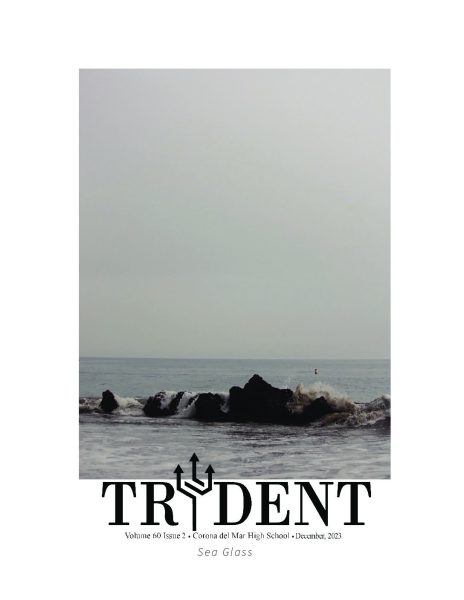Norooz

March 1, 2019
Norooz is a national holiday in Iran, that takes place on first of Farvardeen, the first month of the Perdian calendar. This date generally makes place on or close to March 21 in the western calendar. Norooz is an ancient holiday, traced back to Sumerian and Babylonian civilizations, some 5000 years ago. Norooz (meaning new day in Farsi) begins on spring equinox, when days and nights are in equal length.
The last Tuesday before Norooz, Iranians around the globe celebrate Chaharshanbeh Suri. Fire is lit like small bonfires, as Iranians jump over fire to ward off misgivings of the previous year, and spring into the new year, having left behind all misfortunes.
It is a tradition in Iranian households to prepare for Norooz by thoroughly cleaning o espouse, and buying new clothes to wear in Norooz. Norooz is celebrated in each household as they set their “Haft Seen” (meaning seven S) table. Traditionally a table is blanketed with “Termeh”, which are fine embroidered hand woven fabrics, passed on from ancestral family members. On the Haft Seen table seven specific items that start with “s” in Farsi, are set on the table, each having its profound significance. Hyacinth flower (sonbol in Farsi) is placed to represent spring. Red goldfish in a bowl (named Mahi in Farsi) signifies Pisces, wheat germ sprouts (called Sabzi in Farsi) representing rebirth are also placed on the table. Other items placed are dried jujubes ( senjed n Farsi) signifying wisdom, sumac is placed to represent (. ), garlic (seer in Farsi) on the Haft Seen table signifies medicine, vinegar (serkeh in Farsi) is added to signify age and patience. Apples (seeb in Farsi) are placed to represent health and beauty. Samanoo, which is a pudding made out of wheatgrass sprouts is also placed in the table to signify fertility. Other items that are displayed on the Haft Seen are candles, mirror, dyed eggs, and a copy of the Quran or Book if poetry Shahnameh.
In Iranian households, days leading to Norooz are filled with families getting ready for their New Years festivities by baking traditional cookies, making the famous dill rice with fish called “Sabzi Polo Mahi”, and buying new clothes to wear for Norooz.
One superstition that still looms over Iranians is that whatever you are doing at the time of Norooz, you will do for the rest of the year. This superstition is still withheld today, and Iranians try to be at their absolute best on Norooz. Norooz festivities last for thirteen days, until the thirteenth day of Farvardeen. Iranians spend the day outdoors picnicking at parks (Seezdeh Bedar in Farsi), and avoid staying home on the unlucky thirteenth day if their new lunar calendar.











